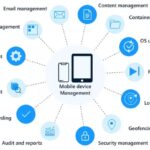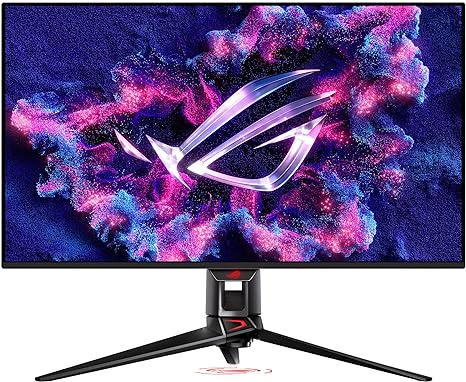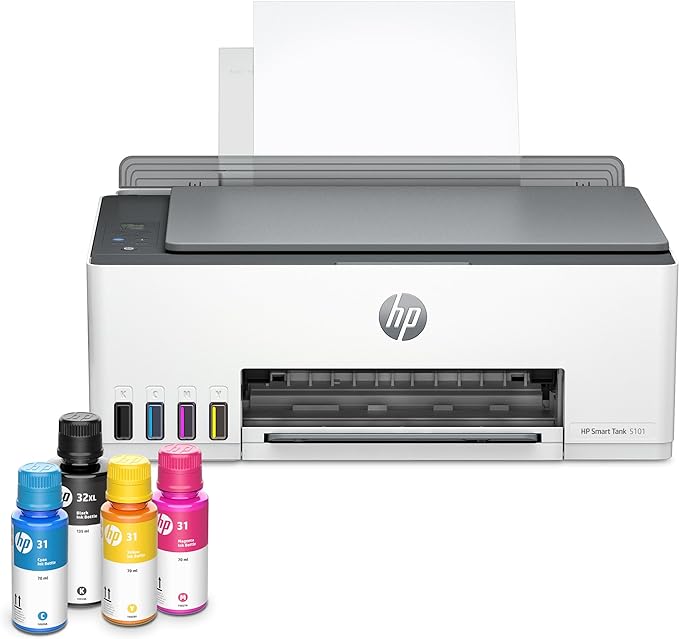Remote Device Management involves the ability to control and manage devices remotely, allowing for efficient monitoring, troubleshooting, and updates without physical access to the device. It streamlines device management tasks, enhances productivity, and reduces downtime.
In today’s fast-paced and interconnected world, managing devices remotely has become crucial for businesses and individuals alike. Remote Device Management provides a centralized platform to efficiently monitor and control devices from any location, saving time and resources. With remote access capabilities, administrators can troubleshoot and resolve issues without the need for on-site visits, minimizing downtime and improving user experience.
Additionally, remote management allows for easy software updates and configurations, ensuring devices are up-to-date and secure. Overall, Remote Device Management simplifies the management process, enhances productivity, and enables efficient device management in today’s increasingly mobile and connected world.
The Rise Of Remote Device Management
Remote device management has experienced a significant surge in relevance and importance in recent times. The global shift towards remote work has necessitated the need for efficient and secure management of devices across various locations and networks. This has led to the rise of innovative solutions and technologies that facilitate seamless remote device management, enabling businesses to adapt to the evolving work landscape.
Shift To Remote Work
The widespread transition to remote work has catalyzed the need for effective remote device management. With employees operating from diverse locations, the management and maintenance of devices have become more complex. Companies are now seeking robust solutions to ensure the security, performance, and accessibility of devices across distributed work environments.
Benefits For Businesses
Implementing remote device management offers numerous benefits for businesses. It enables centralized control and monitoring of devices, leading to enhanced security and streamlined maintenance. Moreover, remote management solutions contribute to improved operational efficiency, cost savings, and heightened productivity, empowering organizations to navigate the remote work landscape with confidence.
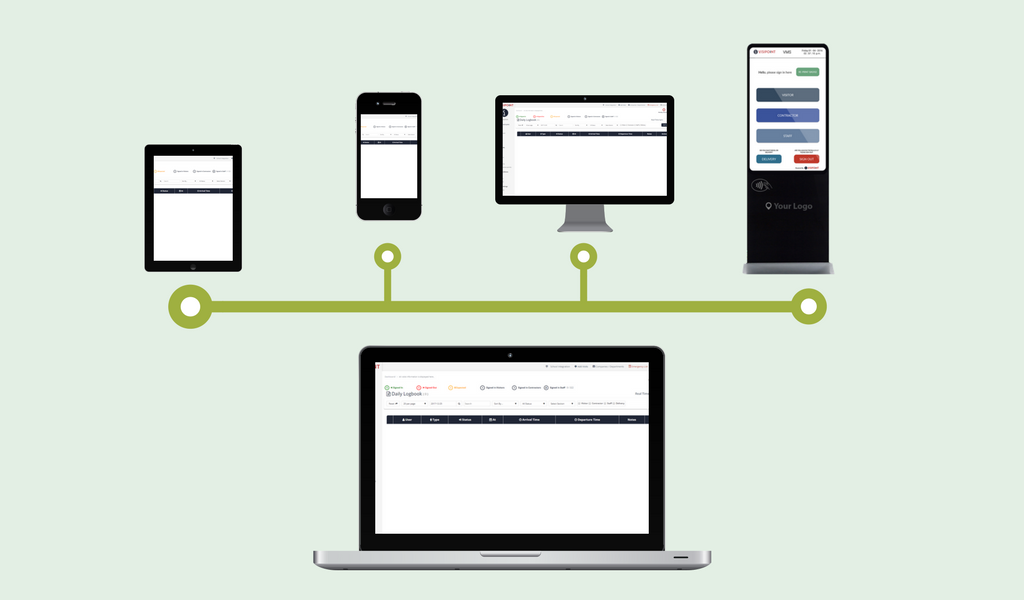
Credit: www.lamasatech.com
Core Principles Of Remote Management
When it comes to managing remote devices, it’s essential to adhere to core principles that ensure streamlined operations and security. These principles form the foundation for effective remote device management, enabling businesses to maintain control, automate processes, and enhance overall efficiency.
Centralized Control
Centralized control is the cornerstone of remote device management. It involves the ability to oversee and regulate all devices from a single, unified platform. This centralized approach allows for efficient monitoring, updating, and troubleshooting of devices across diverse locations, ensuring consistent performance and security.
Automated Processes
Automated processes play a pivotal role in remote device management by enabling the execution of tasks without manual intervention. Through automation, routine activities such as software updates, patch deployments, and security checks can be scheduled and executed seamlessly, reducing human error and saving time.
Technological Foundations
Cloud Computing
Cloud computing is the delivery of computing services including servers, storage, databases, networking, software, and more over the internet, offering faster innovation, flexible resources, and economies of scale.
Internet Of Things (iot)
Internet of Things (IoT) refers to the network of physical devices, vehicles, home appliances, and other items embedded with sensors, software, and connectivity enabling them to connect and exchange data.
Security Concerns And Solutions
Secure remote device management is essential for businesses to protect their sensitive data from unauthorized access. One solution is to use secure protocols such as VPN or SSL to encrypt data transmissions and implement two-factor authentication for added security.
With remote device management, businesses can efficiently manage their devices from a central location without the need for physical access. However, with this convenience comes security concerns that need to be addressed. In this section, we will discuss some of the security concerns associated with remote device management and the solutions to mitigate these risks.
Data Protection Strategies
One of the primary concerns in remote device management is the protection of sensitive data. As devices are managed remotely, there is always a risk of data breaches and cyber-attacks. To mitigate these risks, businesses should implement data protection strategies that include encryption of sensitive data, secure data backup, and recovery plans. Data encryption ensures that sensitive data is protected, even if it falls into the wrong hands. Secure data backup ensures that data is not lost in the event of a cyber-attack. Recovery plans help businesses quickly recover from a data breach and minimize the impact of the attack.
Regular Software Updates
Software updates are essential in remote device management to ensure that devices are running on the latest software versions. Regular software updates provide businesses with security patches that mitigate vulnerabilities and protect devices from cyber-attacks. Without regular software updates, devices are vulnerable to cyber-attacks that can cause significant damage to businesses. It is essential to ensure that devices are updated regularly to prevent security breaches.
Security concerns in remote device management are significant, and businesses need to take the necessary steps to mitigate these risks. Data protection strategies and regular software updates are just a few of the solutions that businesses can implement to protect their devices and sensitive data. By addressing these security concerns, businesses can enjoy the convenience of remote device management without compromising security.
Optimizing Device Performance Remotely
Remote device management is a crucial aspect of modern businesses that rely on technology. With employees working remotely, managing devices remotely has become essential. Optimizing device performance remotely is one of the most significant benefits of remote device management. It not only saves time but also ensures that devices are working at their optimal level, increasing productivity and efficiency.
Real-time Monitoring
Real-time monitoring is an essential feature of remote device management. It enables businesses to monitor devices in real-time and detect any performance issues before they escalate. Real-time monitoring provides businesses with real-time data, allowing them to make informed decisions quickly. With real-time monitoring, businesses can identify and resolve issues in real-time, minimizing downtime and improving productivity.
Proactive Maintenance
Proactive maintenance is another critical feature of remote device management. It involves regularly checking and maintaining devices to prevent any potential issues from arising. Proactive maintenance ensures that devices are running smoothly and efficiently, reducing the risk of downtime and increasing productivity. With remote device management, businesses can perform proactive maintenance remotely, without having to physically access the device.
Remote device management is an essential aspect of modern businesses, allowing them to optimize device performance remotely. Real-time monitoring and proactive maintenance are critical features of remote device management that enable businesses to identify and resolve issues quickly, reducing downtime and increasing productivity. By investing in remote device management, businesses can improve their overall efficiency and reduce costs in the long run.

Credit: www.authx.com
Future Trends In Remote Management
The future of remote device management is poised for significant advancements, leveraging technologies such as IoT, AI, and cloud computing. This trend will facilitate seamless monitoring, control, and maintenance of devices from anywhere, enhancing operational efficiency and productivity. The evolution of remote management will revolutionize the way organizations oversee their interconnected devices.
Remote device management has become increasingly important with the rise of remote work and the need for businesses to manage their devices and data from afar. As technology continues to advance, so do the trends in remote management. Here are some of the key trends shaping the future of remote management.
Artificial Intelligence
AI is quickly becoming a game-changer in remote management. With AI, businesses can automate tasks, optimize device performance, and identify and fix issues before they become problems. AI-powered remote management can also improve security by detecting and responding to threats in real-time. As AI continues to evolve, we can expect to see even more advanced remote management capabilities.
Predictive Analytics
Predictive analytics is another trend that is shaping the future of remote management. With predictive analytics, businesses can use data to predict device failures before they occur. This enables businesses to take proactive measures to prevent downtime and improve device performance. Predictive analytics can also help businesses identify patterns and trends in device usage, enabling them to optimize their device management strategies.
In conclusion, the future of remote management is looking bright. With AI and predictive analytics, businesses can manage their devices more efficiently and effectively than ever before. As technology continues to advance, we can expect to see even more advanced remote management capabilities that will make it easier than ever for businesses to manage their devices and data from afar.
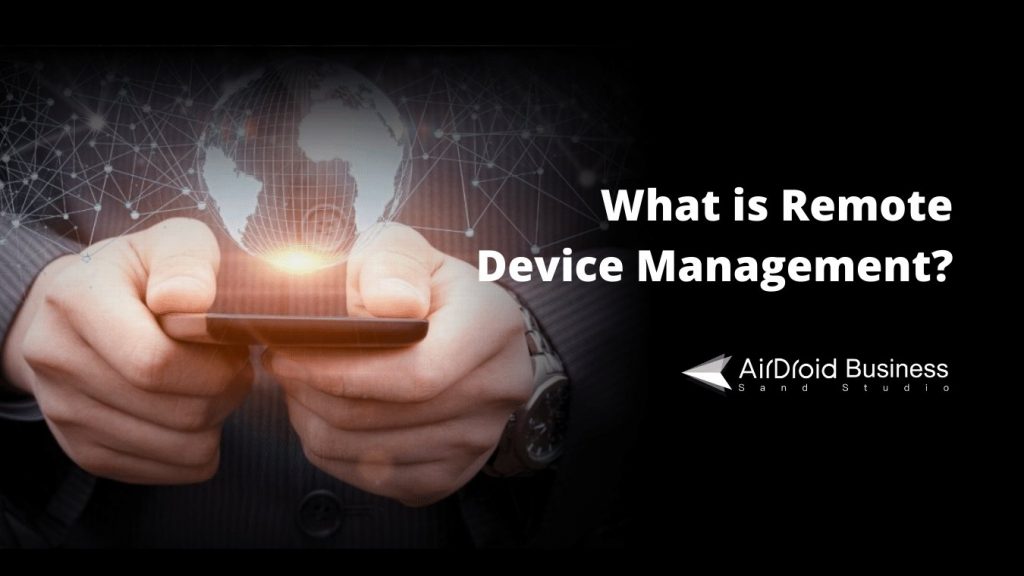
Credit: blog.airdroid.com
Frequently Asked Questions
What Is Remote Device Manager?
Remote Device Manager is a tool that allows you to manage and control devices from a distance. It enables remote troubleshooting and maintenance.
How Does Remote Device Management Work?
Remote device management allows monitoring, configuring, and troubleshooting devices from a distance. It involves using specialized software to access and control devices, ensuring smooth operation and timely updates. This enables efficient maintenance and support for devices located in various geographical locations.
Can You Remove Remote Management Off A Device?
Yes, remote management can be removed from a device. Just follow the necessary steps to disable or uninstall the remote management software or app.
What Allows A Device To Be Managed Remotely?
A device can be managed remotely through the use of remote management software or applications. These tools enable administrators to access and control the device’s settings, applications, and files from a different location.
Conclusion
Remote device management offers a seamless and efficient solution for businesses to oversee and control their devices remotely. By streamlining device management processes, it enables organizations to enhance productivity, minimize downtime, and ensure security. With its user-friendly interface and advanced features, remote device management simplifies the management of multiple devices, making it an indispensable tool in today’s digital landscape.
Embracing this technology empo
